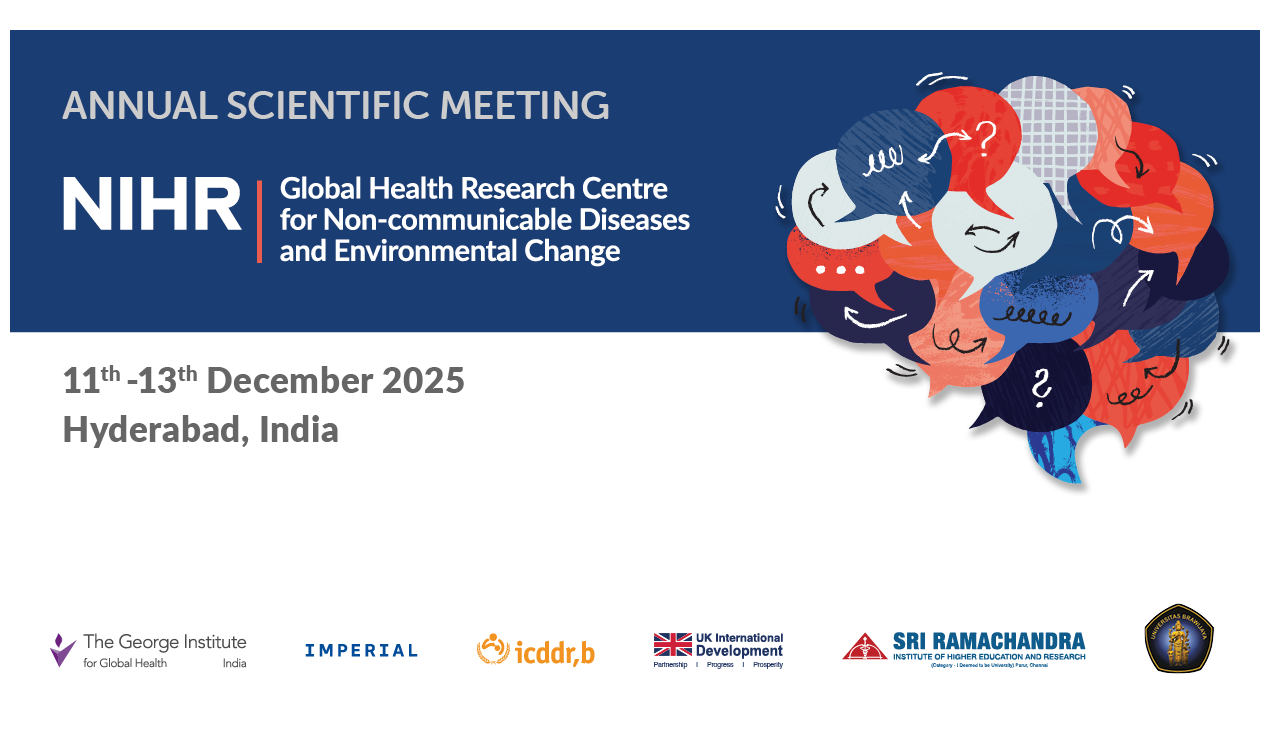In the heart of a remote village 60 kilometers from Vizianagaram, Andhra Pradesh, stands a village sub-centre, now upgraded to a Health and Wellness Centre (HWC). As my taxi stopped by a temple, I was greeted by an ASHA (Accredited Social Health Activist) an ANM (Auxiliary Nurse Midwife), and an MLHP (Mid-Level Health Provider) who worked at the HWC. Together, we made our way through the temple courtyard to a small set-up of chairs against one of the walls beneath the canopy of a huge neem tree. It took me a while to realize that this was the HWC.
The sub-centre was deprived of its rented premises just before the pandemic and finding another brick-and-mortar structure had remained a challenge for more than a year. But this did not deter the health workers from carrying out their responsibilities even as they battled the COVID virus in these rural areas. It is from this humble set-up that they carry out their routine tasks of the several national and state level programs that include antenatal and post-natal check-ups, conducting disease surveillance surveys, immunisation, coordinating referrals, organising health camps, sanitation programs including all other tasks that they are mandated to perform.
“We never worked just for the money. It is the service that we do the people of our village that motivates us to keep working. We look forward to being respected and acknowledged for our persistent hard work,” says an ASHA who has been working with the sub health centre for more than 15 years.
A much younger female ANM who joined the sub-health centre recently as a contract employee has different and bigger concerns. “We work as much as any other permanent employee, but are paid far less, almost half of what they are paid. Also, we have very little opportunity than the permanent employees to be eligible for a promotion. We want to be recognized for our work” says a not so hopeful ANM.
The newly recruited MLHP, a fresh graduate from the nursing college, who is in charge of this HWC talks about balancing the power dynamics at work: “Supervising the community health workers who have better field experience than me can sometimes be challenging. I also believe that the age gap adds to the problem.”
Regardless of their inter-professional pay and policy divide, they work as a team every day to fulfil their roles and responsibilities. The primary healthcare team stands as a testament to the unwavering resilience of the health system.
The Global Conference on Primary Health Care: from Alma-Ata Towards UHC and the SDGs, 2018 recognizes the need to implement workforce friendly policies that prioritize the well-being of primary healthcare workers, providing adequate training and support, ensuring fair compensation, adapted and flexible packages of incentives and creating opportunities for career growth and advancement. The central government’s commitment to primary healthcare expenditure has grown consistently with an increase from 51.1 per cent in FY14 to 55.2 per cent in FY19. However, the specific allocation towards the human resources of the primary healthcare system remains unclear. The primary health care workforce is at the center of our health system, and it’s time that the government invest in their well-being.
——————————————————————
This is the first blog in a miniseries developed to mark the World Health Day 2024. The theme for this World Health Day is ‘My health, my right‘.
About the author: Renu John works at the George Institute for Global Health India as a Research Fellow. She has a bachelor’s degree in dental surgery from Dr. NTR University of Health Sciences and a Master of Public Health from Jodhpur National University. She is currently pursuing a PhD from Manipal Academy of Higher education. Her research focuses on enhancing primary health care strategies by integrating digital health interventions and strengthening the workforce to address NCDs, while also extending to address environmental hazards and fragile health systems in rural communities across Bangladesh, India, and Indonesia. Her visit to the HWC was part of a health system assessment exercise, during which she conducted in-depth interviews with healthcare workers to comprehend the comprehensiveness of care offered by Primary Health Care teams.
This research was funded by the NIHR (Global Health Research Centre for Non-communicable Diseases and Environmental Change) using UK international development funding from the UK Government to support global health research. The views expressed in this publication are those of the author(s) and not necessarily those of the NIHR or the UK government.






